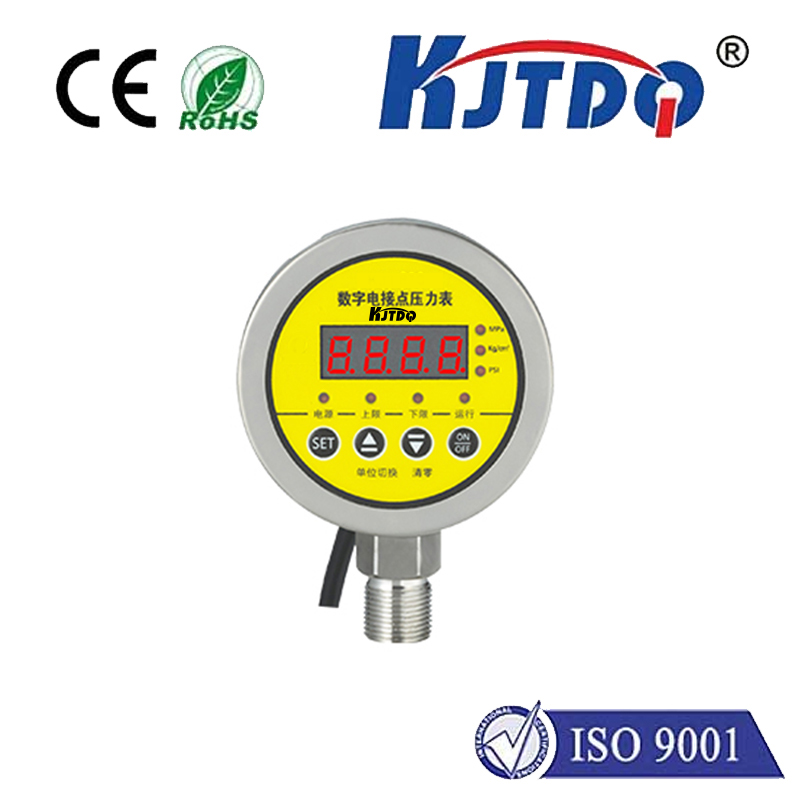

check

check

check

check
E2G: The Future of Energy Transition and Global Sustainable Development
In an era where climate change and energy security are at the forefront of global concerns, the concept of E2G—Energy to Growth—is gaining momentum as a transformative approach to sustainable development. E2G is not just a buzzword; it represents a strategic shift in how nations and organizations approach energy consumption and production, aiming to create a more resilient and equitable energy system. This article explores the principles, applications, and future implications of E2G in the context of global energy transition.

At its core, E2G is about aligning energy production with economic growth in a way that minimizes environmental impact and maximizes social and economic benefits. This principle is rooted in the idea that energy is a fundamental driver of progress, but it must be harnessed responsibly. By integrating renewable energy sources with efficient infrastructure, E2G seeks to reduce reliance on fossil fuels while promoting job creation, technological innovation, and long-term economic stability.
One of the most significant advantages of E2G is its potential to accelerate the global shift toward sustainable energy. Renewable energy technologies such as solar, wind, and hydroelectric power are already playing a crucial role in reducing carbon emissions and decreasing energy costs. However, the integration of these technologies into existing energy grids and economic systems remains a challenge. E2G provides a framework for overcoming these challenges by emphasizing the development of smart grids, energy storage solutions, and efficient energy distribution networks. This enables a more balanced and sustainable energy ecosystem that can support both industrial growth and environmental protection.
Moreover, E2G emphasizes the importance of energy equity and inclusivity. In many parts of the world, energy access remains a critical issue, with millions of people lacking reliable electricity. E2G advocates for decentralized energy solutions that can be implemented in remote or underserved regions, ensuring that energy access is not limited by geography or economic status. By investing in local energy production and distribution, E2G promotes community involvement and empowers local populations to take an active role in their energy future.
The transition to E2G is not without its challenges. Political, financial, and technical barriers can hinder the implementation of energy transition initiatives. Governments and private sector stakeholders must collaborate to create the necessary policies, funding mechanisms, and technological innovations to support the E2G vision. Additionally, public awareness and education are crucial in fostering a culture of energy responsibility and sustainability.
In conclusion, E2G represents a forward-looking strategy that bridges the gap between energy production, economic growth, and environmental sustainability. By aligning energy systems with the principles of E2G, nations can create a more resilient and inclusive energy future. As the world continues to grapple with the impacts of climate change and the need for energy security, the adoption of E2G will be essential in shaping a sustainable and prosperous future for all.









